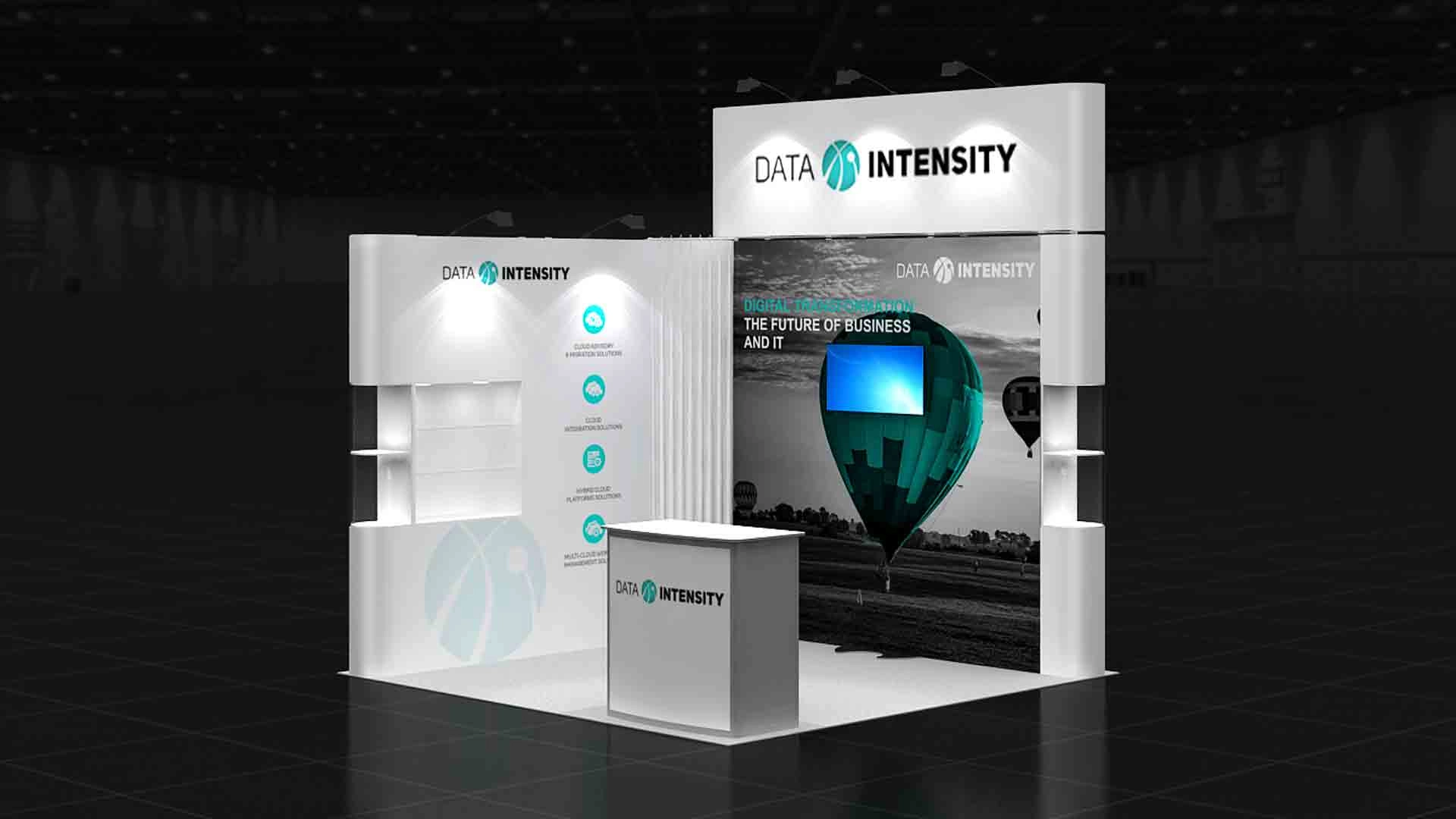The shift from traditional Android apps to AI-driven scheduling solutions represents a pivotal shift in orthodontic practice management. These advanced tools utilize algorithms to enhance appointment efficiency, reduce wait times, and improve patient communication. The integration of real-time updates and predictive analytics offers orthodontists a streamlined approach to scheduling. However, the implications of this technological evolution extend beyond mere convenience, prompting considerations for future adaptability in patient care and operational efficiency. What lies ahead for orthodontic practices?
Key Takeaways
- Transitioning from Android apps to AI enhances scheduling efficiency by automating appointment management and reducing administrative burdens on staff.
- AI-driven scheduling assistants utilize predictive analytics to optimize appointment times and anticipate patient needs based on historical data.
- Real-time updates from cloud-based platforms ensure instant availability tracking and seamless communication between orthodontists and patients.
- Automated reminders and personalized notifications decrease no-show rates and strengthen patient relationships through improved engagement.
- Future trends indicate further integration of AI with health technologies for a more comprehensive approach to patient care and scheduling.
The Evolution of Scheduling in Orthodontics
As orthodontic practices have evolved, so too has the approach to scheduling, which has shifted from manual processes to more sophisticated technological solutions. Initial methods relied heavily on paper records and phone calls, often leading to inefficiencies and patient dissatisfaction. The shift to digital systems marked the beginning of a new era, enabling practices to streamline appointments through calendar software and automated reminders. As technology progressed, cloud-based platforms emerged, allowing for real-time updates and improved accessibility. These advancements fostered better communication within teams and provided patients with greater flexibility. The current landscape emphasizes the need for features of AI-driven scheduling assistants, which promise to further enhance efficiency and patient experience, aligning with the growing demand for innovation in orthodontic care.
Understanding AI-driven Scheduling Assistants
While traditional scheduling methods often fell short in meeting the dynamic needs of orthodontic practices, AI-driven scheduling assistants have emerged as a transformative solution. These intelligent tools utilize advanced algorithms to analyze patient data, appointment histories, and staff availability, optimizing the scheduling process in real-time. By integrating machine learning capabilities, they can predict appointment durations and adjust schedules proactively, reducing gaps and enhancing efficiency. In addition, AI-driven scheduling assistants foster improved communication between orthodontists and patients, facilitating timely reminders and rescheduling options. This technological advancement not only streamlines operations but also strengthens the sense of community among practices and their patients, ensuring that everyone feels valued and engaged. Consequently, features of AI-driven scheduling assistants play an essential role in modern orthodontic care.

Key Features of AI-driven Scheduling Assistants
The integration of AI-driven scheduling assistants into orthodontic practices introduces a suite of key features that greatly enhance operational efficiency. These features streamline scheduling processes, reduce administrative burdens, and improve patient engagement.
- Intelligent Appointment Management: Automatically optimizes schedules based on various criteria.
- Predictive Analytics: Anticipates patient needs and appointment trends.
- Real-time Availability Tracking: Provides instant updates on practitioner schedules.
- Automated Reminders: Sends personalized notifications to patients to reduce no-shows.
- Data-Driven Insights: Analyzes scheduling patterns to inform strategic decisions.
These features collectively foster a collaborative environment, empowering orthodontic professionals to focus more on patient care while ensuring seamless appointment management. The adoption of AI-driven scheduling assistants marks a significant step towards modernizing orthodontic practices.
Benefits of Implementing AI in Orthodontic Practices
Implementing AI in orthodontic practices revolutionizes operational workflows and enhances patient experiences. By automating scheduling processes, AI-driven solutions minimize administrative burdens, allowing staff to focus on patient care. These systems optimize appointment slots based on patient preferences and treatment needs, reducing wait times and improving overall efficiency. Additionally, the ability to analyze patient data enables personalized communication, fostering stronger relationships between practitioners and their clients. AI-driven scheduling assistants also provide real-time insights, allowing practices to adapt quickly to changing circumstances, such as cancellations or emergencies. Ultimately, integrating AI empowers orthodontists to deliver a higher quality of service, ensuring that both staff and patients experience a more streamlined and satisfying interaction with the practice.
Future Trends in Orthodontic Scheduling Technology
As orthodontic practices increasingly adopt AI-driven solutions to enhance operational efficiency, the future of scheduling technology is set to evolve further. The integration of advanced features promises to transform patient management and appointment scheduling paradigms. Future trends are expected to include:
- Predictive Analytics: Anticipating patient needs and optimizing appointment times based on historical data.
- Real-time Availability Updates: Instant synchronization of schedules for both patients and practitioners.
- Personalized Patient Engagement: Tailored communication strategies based on individual preferences.
- Automated Reminders: Reducing no-show rates through intelligent notification systems.
- Seamless Integration with Other Health Technologies: Creating a holistic approach to patient care.
These features of AI-driven scheduling assistants will greatly enhance the efficiency and effectiveness of orthodontic practices, fostering a sense of community among patients and providers.
Frequently Asked Questions
How Do Ai-Driven Scheduling Assistants Integrate With Existing Orthodontic Software?
AI-driven scheduling assistants seamlessly integrate with existing orthodontic software by utilizing APIs, enhancing data management, automating appointment reminders, and optimizing resource allocation, ultimately improving operational efficiency and patient satisfaction within dental practices.
What Training Is Required for Staff to Use AI Scheduling Assistants?
Staff training for AI-driven scheduling assistants involves understanding software functionalities, data management, and user interface navigation. Thorough training guarantees efficient integration into daily operations, enhancing productivity and fostering a collaborative environment within orthodontic practices.
Can AI Scheduling Assistants Handle Emergency Appointments Effectively?
AI scheduling assistants can effectively manage emergency appointments by prioritizing cases based on urgency, optimizing time slots, and utilizing real-time data. This guarantees streamlined operations and enhanced patient satisfaction, demonstrating the features of AI-driven scheduling assistants.
Are Ai-Driven Scheduling Assistants Customizable for Specific Orthodontic Practices?
AI-driven scheduling assistants can be highly customizable, allowing orthodontic practices to tailor features according to specific needs. This adaptability enhances efficiency and patient satisfaction, making them invaluable tools in modern orthodontic management.
What Are the Costs Associated With Implementing AI Scheduling Technology?
The costs associated with implementing AI scheduling technology encompass software acquisition, integration, training, and ongoing maintenance. These investments aim to enhance operational efficiency, ultimately benefitting orthodontic practices through improved patient management and streamlined workflows.
Conclusion
The change from traditional Android apps to AI-driven scheduling solutions represents a pivotal shift in orthodontic practice management. By harnessing advanced algorithms and real-time data, orthodontists can achieve unprecedented efficiency and patient satisfaction. The integration of AI not only streamlines appointment scheduling but also enhances communication and adaptability within practices. As technology continues to evolve, orthodontic professionals must remain vigilant in adopting these innovations to foster a more personalized and responsive patient experience, ultimately shaping the future of orthodontic care.
You May Also Like To Read:



